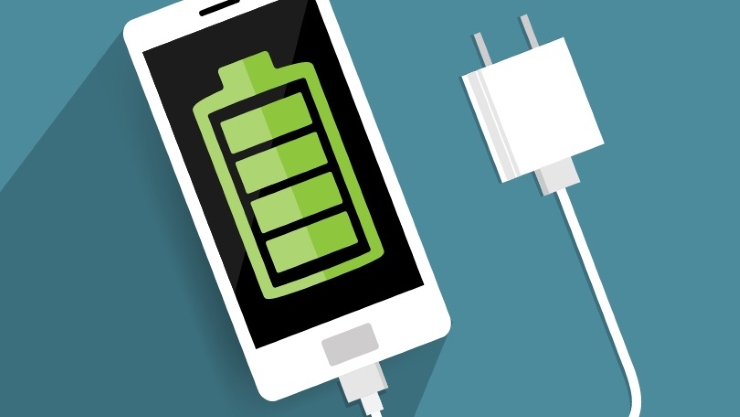
What happens when your notebook or smartphone draws power from a lithium ion battery is similar to pouring water out of a bottle: if you refill and empty the bottle a thousand times, you’re actually using more water than just one thousand bottles can hold, because you’re going to spill some. But unlike water bottles, the batteries that power your electronics can’t get that “spillage” back, so they lose capacity over time.
It’s a blunt analogy, to be sure, but the principle behind it helped researchers at the University of California, Irvine stumble on a discovery sure to perk up everyone who hates dead batteries: by replacing lithium with gel, they made a battery that didn’t lose significant capacity over 200,000 charging cycles.
The team of five chemists detailed their findings in a journal article published this week, in which they described how they replaced a liquid electrolyte with a gel electrolyte in a nanowire battery. They’re not the first to experiment with nanowire technology, but their gel solution prevents it from corroding. How that prevents the battery from losing capacity isn’t fully understood.
“We started to cycle the devices, and then realized that they weren’t going to die,” Reginald Penner, a lead author of the paper, told Popular Science. “We don’t understand the mechanism of that yet.”
Another caveat is that the batteries his team built aren’t actually batteries in the traditional sense, in that they don’t contain anodes, the electrodes through which current flows into the battery. Instead, they only have cathodes, which charge each other by transferring current back and forth. That means the batteries can’t actually power anything.
Still, the team knows it’s on to something: production batteries with a 200,000 cycle lifespan would last 400 times longer than most batteries on the market today. They plan to continue their research to find out why the process works.





